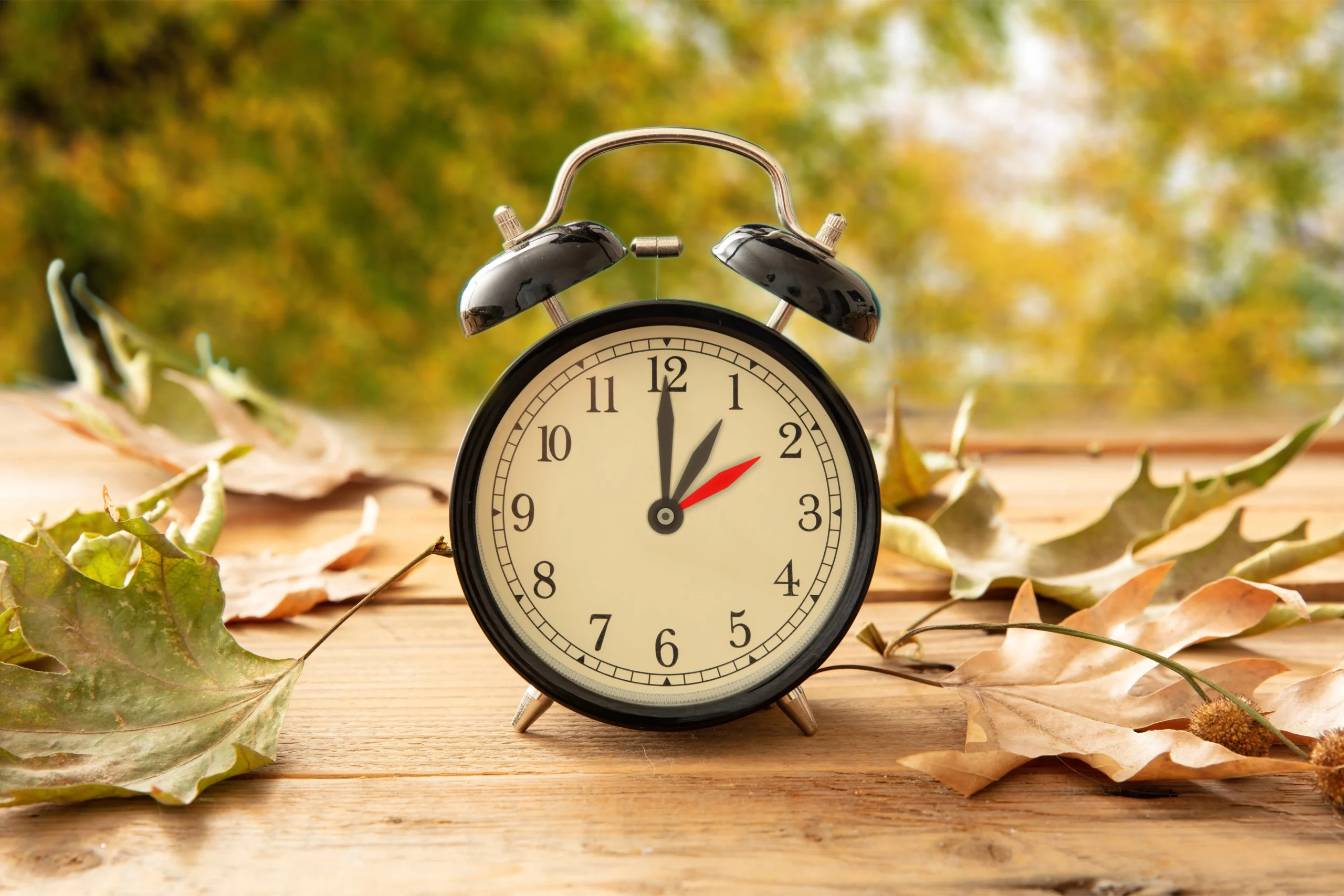As the first rays of sunlight peek over the horizon, accompanied by the cheerful chorus of awakening birds, we find ourselves firmly in the embrace of Daylight Saving Time (DST) for 2024. Across the vast expanse of the United States, millions of Americans participated in the nationwide ritual on Sunday, March 10th, at precisely 2:00 am local time. With a collective “spring forward,” clocks were adjusted, sacrificing an hour of sleep for the promise of longer evenings bathed in golden sunlight. Yet, DST transcends the simple allure of enjoying balmy summer nights under a star-studded sky. It’s a practice woven into the very fabric of history, sparking lively debates and even raising questions about potential health repercussions. The biannual ritual of tinkering with time carries a surprisingly complex legacy, one that continues to be a topic of discussion and potential reform.
A Brief History of Daylight Saving Time
The seeds of Daylight Saving Time (DST) were sown surprisingly early, with the concept of manipulating daylight hours to benefit humanity flourishing as far back as the 18th century. These early ideas likely stemmed from a desire to maximize both productivity and leisure time during the natural daylight hours. However, it wasn’t until the crucible of World War I that DST truly entered the global stage. Facing the immense strain of a protracted war, Germany became the first nation to implement DST in 1916. Their primary motivation was stark: conserving fuel for the war effort. The logic was simple – with an extra hour of daylight in the evenings, people would rely less on artificial lighting, leading to a reduction in fuel consumption.
The Story of Daylight Saving Time continues:
The United States, embroiled in the war itself a few years later, saw the potential benefits of DST and followed suit in 1918. However, public opinion on the practice was far from unanimous. Some citizens embraced the extended daylight hours for leisure activities, while others found the time change disruptive and unnecessary. This mixed reception ultimately led to the repeal of DST in the U.S. just a year later in 1919.
But the story of DST wouldn’t end there. The concept remained alive, and during World War II, the U.S. government once again saw its value as an energy-saving measure. With the nation mobilized for war, the need to conserve resources was paramount. DST was reintroduced in 1942, hoping to echo the wartime fuel savings achieved in Germany decades earlier. However, with the conclusion of World War II, DST was once again abolished on a national level.
Post War:
The post-war years saw a patchwork of DST observance across the United States. Some states and localities clung to the practice, while others abandoned it altogether. This lack of uniformity created confusion and logistical challenges. Finally, in 1966, the Uniform Time Act was passed, establishing a national standard for DST observance. This act aimed to bring order to the previously haphazard system and remains the foundation for how the U.S. observes DST today.
The “Spring Forward, Fall Back” Cycle
The practice of Daylight Saving Time (DST) currently blankets most of the United States, with a few notable exceptions. Unlike the vast majority of states that observe the biannual time change, Arizona opts out entirely, maintaining standard time year-round. Similarly, parts of the state of Hawaii, primarily those in the furthest western reaches, forego DST due to their minimal seasonal variations in daylight hours.
For the rest of the nation, DST operates on a specific schedule. Each year, on the second Sunday of March, clocks spring forward one hour at 2:00 am local time. This effectively “steals” an hour of sleep from us in the short term, but it also ushers in longer evenings for the following months. Conversely, come the first Sunday of November, clocks fall back one hour at 2:00 am local time. This shift grants us an extra hour of sleep but signifies the return to standard time and shorter daylight hours as we head into winter.
Benefits and Drawbacks of Daylight Saving Time
The primary argument for DST is the potential for energy savings. Proponents believe the extra hour of evening sunlight encourages people to spend more time outdoors, reducing reliance on artificial lighting. However, research on the actual energy-saving benefits of DST remains inconclusive.
On the other hand, critics of DST highlight potential drawbacks. The sudden time shift in the spring can disrupt sleep patterns, leading to fatigue and decreased productivity in the days following the change. Some studies also suggest a potential increase in car accidents and workplace injuries in the days following the time change.
The Debate Continues:
The debate surrounding DST continues to this day. In 2022, the U.S. Senate passed the Sunshine Protection Act, a bill that would make DST permanent nationwide. However, the bill has yet to be passed by the House of Representatives.
Opponents of the Sunshine Protection Act argue that permanent DST would disrupt sleep patterns, particularly for those living in the far northern and southern regions of the country, where sunrise and sunset times already vary significantly throughout the year.
Looking Beyond 2024: The Future of DST
The future of DST in the United States remains uncertain. Public opinion on the practice is divided, and research on its benefits and drawbacks is ongoing. Whether we continue with the biannual time change, adopt permanent DST, or even abandon the practice altogether will likely be a topic of continued debate in the coming years.
Beyond the U.S.: A Global Perspective on Daylight Saving Time
It’s important to note that the U.S. is not alone in observing DST. Many countries around the world implement some form of daylight saving time, with variations in start and end dates. However, a growing number of countries, including Brazil, Russia, and China, have either abolished DST or are considering doing so.
Tips for Adjusting to Daylight Saving Time
Regardless of your stance on DST, here are some tips to help you adjust to the time change:
- Gradually adjust your sleep schedule: In the days leading up to the time change, try going to bed and waking up 15-30 minutes earlier each day.
- Maximize sunlight exposure: Spend time outdoors during the day to help regulate your circadian rhythm.
- Stick to a consistent sleep routine: Maintain a regular sleep schedule, even on weekends, to help your body adjust.
- Avoid caffeine and alcohol before bed: These substances can interfere with sleep quality.
- Relaxation techniques: Consider relaxation techniques like meditation or deep breathing to help you unwind before bed.
Conclusion:
Daylight Saving Time is a practice with a long and complex history. While it offers potential benefits like extended daylight hours, it also comes with drawbacks like sleep disruption. As the debate surrounding DST continues, staying informed and understanding the potential impacts on your health and well-being can help you navigate the biannual time change with ease.



